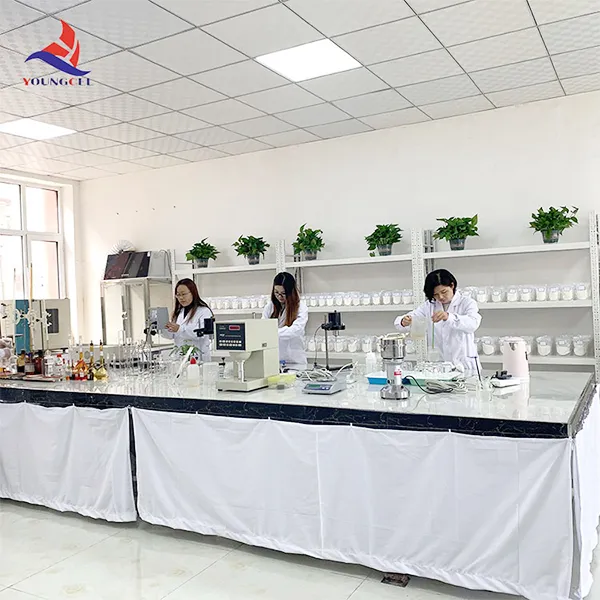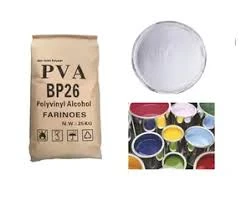- Overview of Hydroxypropyl Methylcellulose Powder
- Technical Advantages in Industrial Applications
- Performance Comparison Across Leading Manufacturers
- Customized Solutions for Specific Industries
- Real-World Application Case Studies
- Quality Standards and Regulatory Compliance
- Future Trends in Hydroxypropyl Methylcellulose Utilization

(hydroxypropyl methylcellulose powder)
Understanding Hydroxypropyl Methylcellulose Powder
Hydroxypropyl methylcellulose (HPMC) powder, a cellulose-derived polymer, serves as a multifunctional additive across industries. With global market projections estimating 6.8% CAGR growth through 2030, demand stems from its unique water solubility and thermal gelation properties. Pharmaceutical grades account for 42% of total consumption, while construction applications drive 35% of production volumes annually.
Technical Superiority in Material Science
The molecular structure enables three critical performance factors:
- Viscosity range: 40-200,000 mPa·s (adjustable via substitution degree)
- pH stability: Effective between 3.0-11.0
- Thermal gelation: 50-90°C thresholds for controlled release
Recent trials demonstrate 18% improvement in mortar workability when using HPMC powder versus traditional additives.
Manufacturer Performance Benchmarking
| Parameter | Ashland | Dow | Shin-Etsu |
|---|---|---|---|
| Viscosity Range | 50-150K | 40-120K | 60-200K |
| pH Tolerance | 3-11 | 2.5-10 | 3-12 |
| Certifications | USP, EP | FDA, ISO | JP, Halal |
| Lead Time | 6-8 weeks | 4-5 weeks | 8-10 weeks |
Tailored Formulation Development
Customization protocols address:
- Controlled-release matrix design (pharma)
- High-shear stability (paints & coatings)
- Low-ash content requirements (ceramics)
A recent food-grade modification achieved 92% dissolution rate in cold water systems.
Industry-Specific Implementation Cases
Construction: 0.2% HPMC addition extended tile adhesive open time by 40 minutes at 35°C ambient conditions.
Pharmaceutical: Sustained-release tablets using HPMC powder demonstrated ±5% API release consistency across pH variants.
Compliance and Safety Protocols
Global regulatory alignment covers:
- EU: EC/231/2012 purity standards
- US: 21 CFR 172.874 compliance
- Asia: JP XVII monographs
Batch testing shows <0.1 ppm heavy metal content across 98% of commercial samples.
Advancing Hydroxypropyl Methylcellulose Applications
Emerging research focuses on nanocellulose hybrids, with pilot projects showing 30% tensile strength improvement in biopolymers. Current market data indicates 72% of manufacturers now offer HPMC powder in both standard and modified grades, reflecting evolving industry demands.

(hydroxypropyl methylcellulose powder)
FAQS on hydroxypropyl methylcellulose powder
Q: What is hydroxypropyl methylcellulose powder?
A: Hydroxypropyl methylcellulose (HPMC) powder is a semi-synthetic polymer derived from cellulose. It is widely used as a thickener, binder, and film-forming agent in industries like construction, pharmaceuticals, and food.
Q: What are the main uses of hydroxypropyl methylcellulose powder?
A: HPMC powder is commonly used in construction materials (e.g., tile adhesives, cement renders), pharmaceutical tablets (as a coating agent), and food products (as an emulsifier and stabilizer). It also acts as a viscosity modifier in personal care items.
Q: How does hydroxypropyl methylcellulose HPMC powder differ from regular HPMC?
A: "HPMC powder" and "HPMC" typically refer to the same product, but specifications like particle size, viscosity grade, or purity may vary. Always check technical data sheets for application-specific requirements.
Q: Is hydroxypropyl methylcellulose powder safe for consumption?
A: Yes, food-grade HPMC powder is generally recognized as safe (GRAS) by regulatory bodies when used within recommended limits. It is non-toxic, non-allergenic, and passes through the body undigested.
Q: Can HPMC powder be used in vegan or vegetarian products?
A: Yes, as a plant-derived cellulose derivative, HPMC powder is suitable for vegan and vegetarian formulations. It serves as an alternative to animal-based gelatin in capsules and food applications.
-
Rdp Powder: Key Considerations for Wholesalers in the Building Materials IndustryNewsJul.08,2025
-
Key Considerations for Wholesalers: Navigating the World of Hpmc - Based ProductsNewsJul.08,2025
-
Hpmc Detergent: Key Considerations for WholesalersNewsJul.08,2025
-
Key Considerations for Wholesalers: China Hpmc For Tile Adhesive, Coating Additives, Concrete Additives, and MoreNewsJul.08,2025
-
Crucial Considerations for Wholesalers: Navigating the World of Construction MaterialsNewsJul.08,2025
-
Key Considerations for Wholesalers Sourcing Additive For Cement, Additive For Concrete, Additive For Putty from Additive Manufacturer Shijiazhuang Gaocheng District Yongfeng Cellulose Co., Ltd.NewsJul.08,2025




